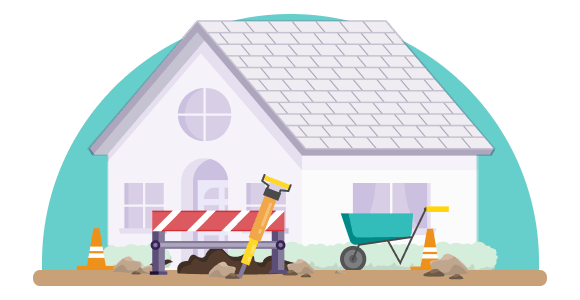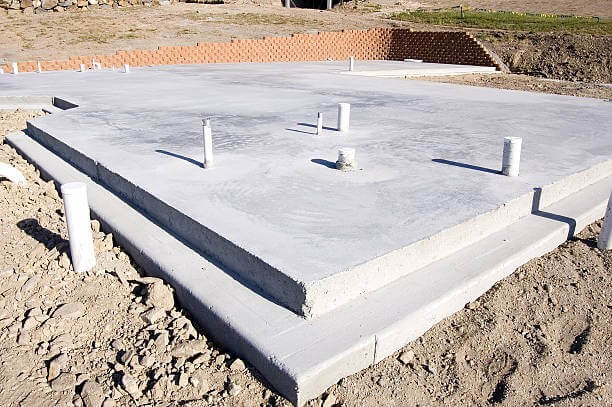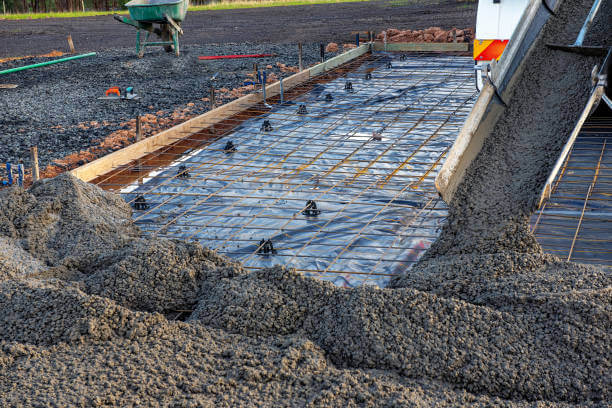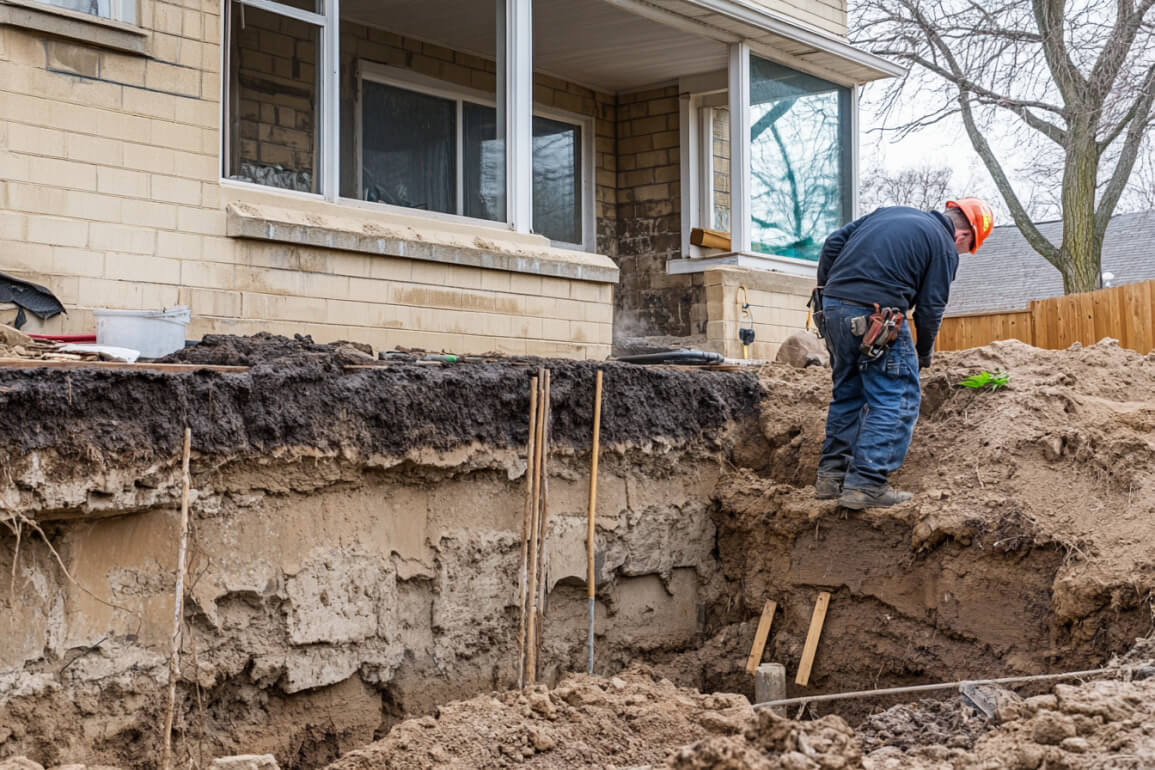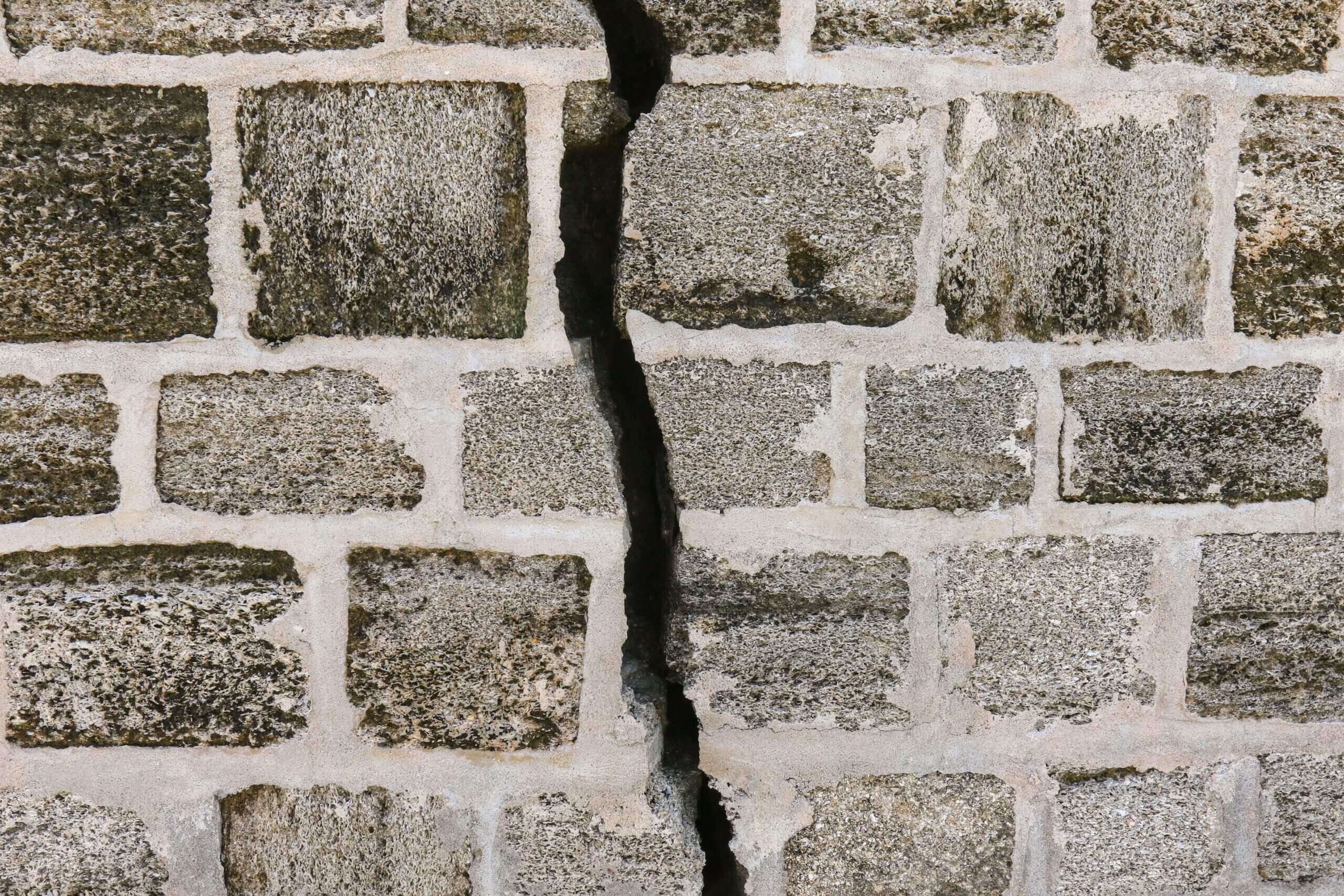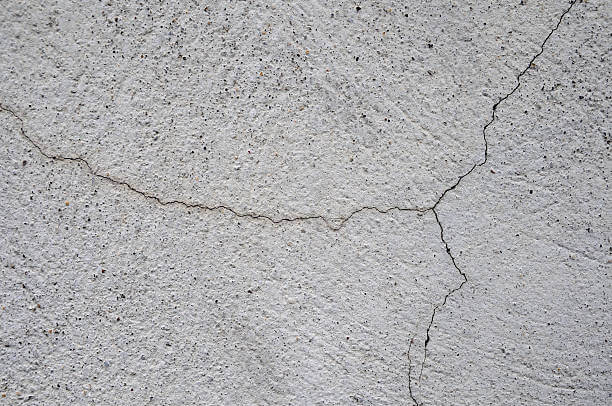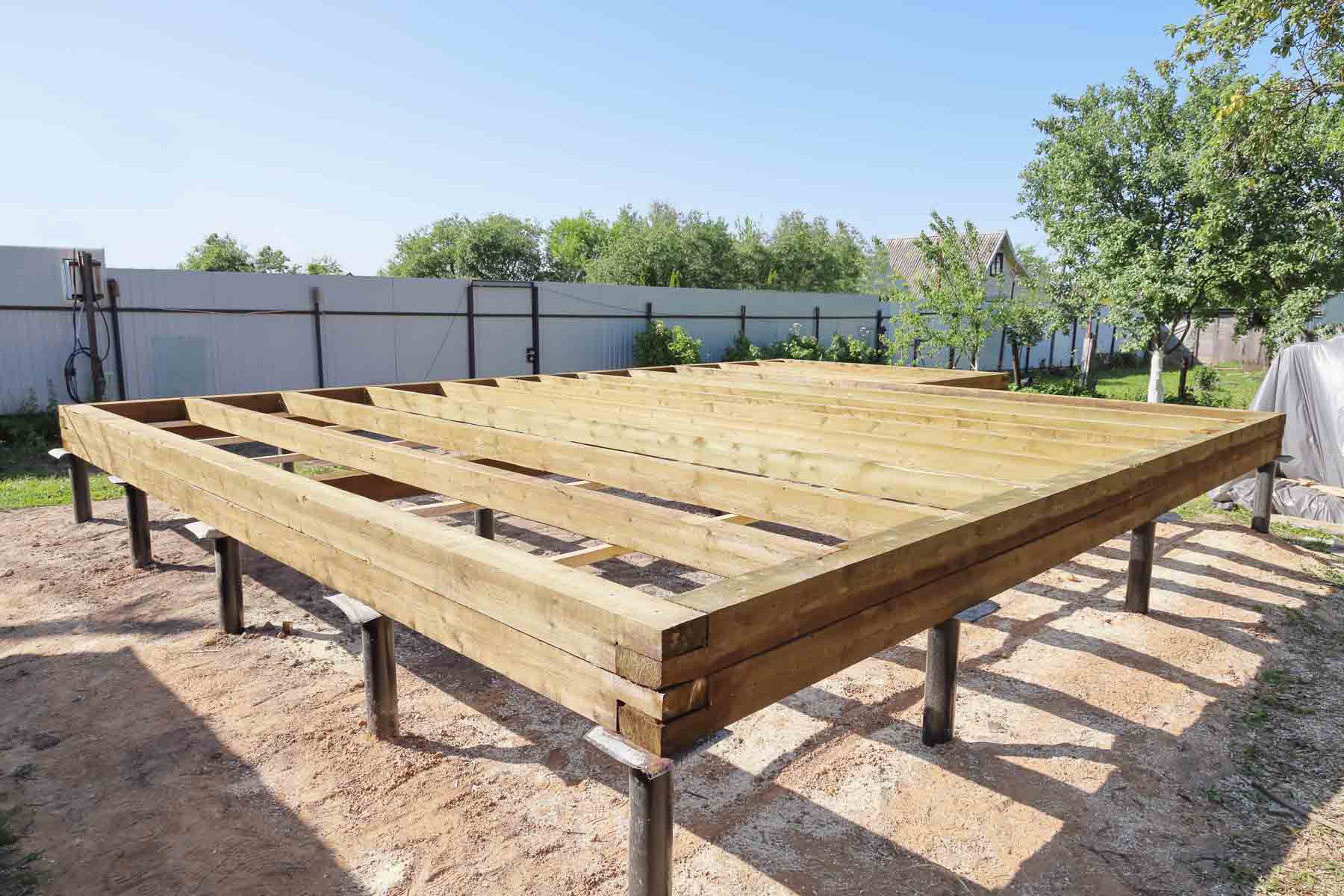Types of Foundation Drainage
If you’ve noticed water pooling near your foundation after a heavy rain, or your basement feels damp even when it hasn’t stormed in days, you’re not alone. Water around your foundation is one of the most common and costly homeowner headaches, and it likely points to a drainage issue.
That’s where foundation drainage systems come in. These systems redirect water away from your home before it seeps through walls, causes cracks, or leads to mold and mildew.
There are four main types of foundation drainage systems:
- Exterior drains that redirect water before it touches your foundation walls
- Interior drains that collect water inside and send it to a sump pump
- Surface drainage solutions like grading and gutters that manage runoff above ground
- Sump pump systems that move water away from your basement automatically
In this guide, we’ll explain how each type works, what they cost, and how to choose the best one for your home.
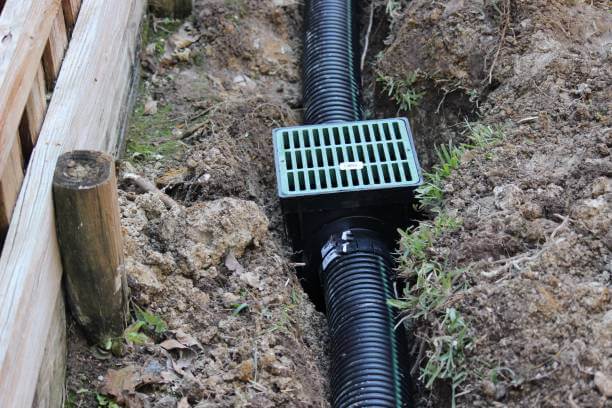
What Is Foundation Drainage (and Why Does It Matter?)
Foundation drainage is a system designed to collect and move excess water away from your home’s base. Without proper drainage, water can build up in the soil, creating pressure against your foundation walls and forcing moisture inside.
Over time, that pressure can cause cracks, leaks, and even structural damage. Signs you might have a drainage issue include:
- Standing water near exterior walls
- A musty or damp basement
- White residue (efflorescence) on concrete walls
- Mold or mildew near floorboards
Good drainage is one of the simplest ways to protect your foundation and keep your basement dry.
Connect with local foundation drainage pros today.
What Are the Main Types of Foundation Drainage Systems?
There’s no one-size-fits-all drainage solution. The right system depends on your home’s design, soil type, and how much water you typically deal with. Let’s look at the most common foundation drainage options and what they typically cost.
1. Exterior Foundation Drainage (French Drains)
Exterior foundation drainage systems are installed around the outside perimeter of your foundation, below the soil line. A perforated pipe, often called a footing drain or French drain, collects groundwater and directs it away before it reaches your foundation walls.
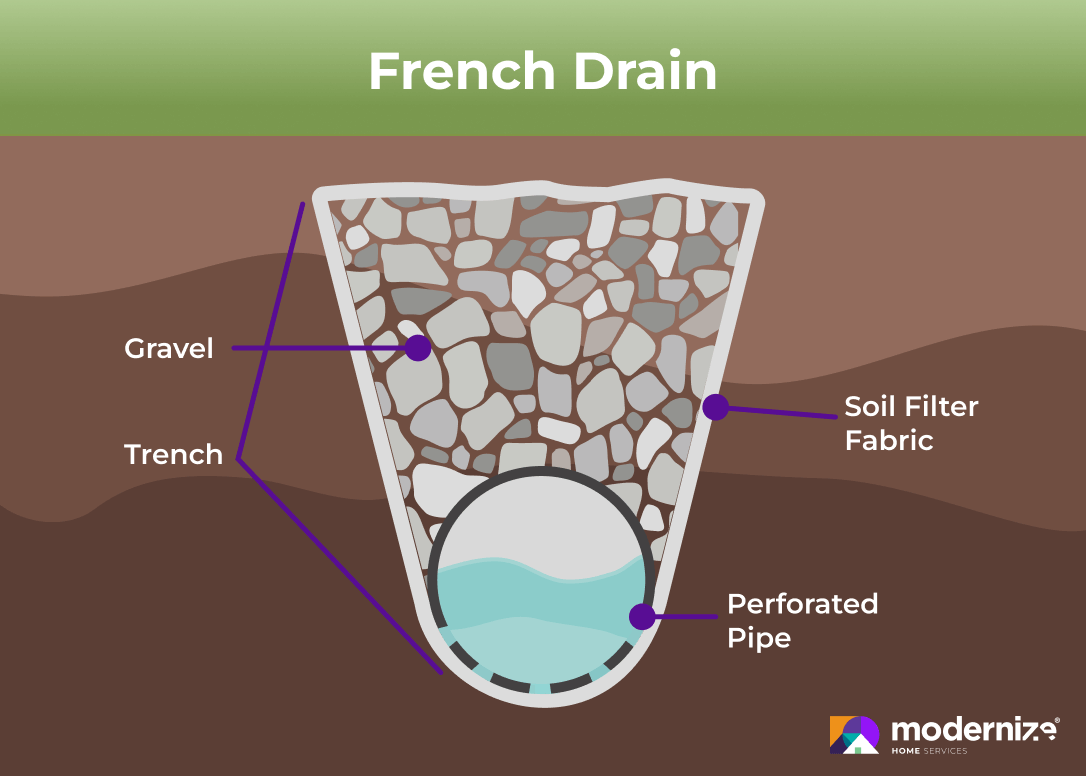
How it works:
- The contractor excavates around the foundation.
- A drain pipe is placed along the footing and wrapped in filter fabric.
- Gravel or crushed stone surrounds the pipe for better flow.
- The pipe connects to a storm drain, daylight outlet, or sump pump.
Typical Cost: $5,000 to $10,000+
Exterior systems are the most effective but also the most expensive due to excavation and backfill. They’re ideal for new construction or major waterproofing projects.
-
Pros
- Stops water before it enters the foundation
- Provides long-lasting protection when installed correctly
-
Cons
- Costly and disruptive for existing homes
- Requires proper grading to work effectively
» Related: Guide to Exterior Basement Waterproofing
2. Interior Foundation Drainage (Under-Slab or Perimeter Systems)
If your home already has water coming through the basement walls or floor, interior foundation drainage may be the best solution.
These systems sit along the inside edge of your basement floor, just below the slab. They collect water that enters the foundation and funnel it toward a sump pump, which discharges it safely outside.
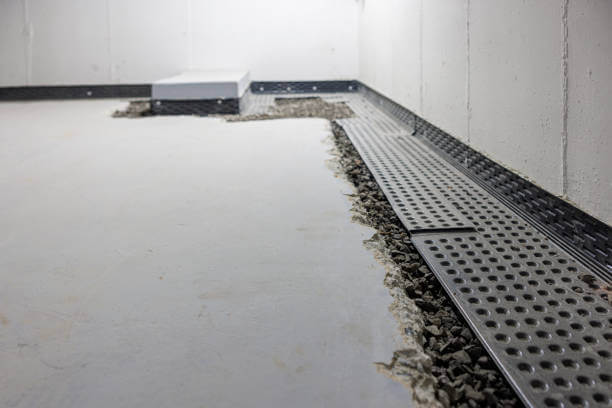
Typical Cost: $2,000 to $6,000 (including sump pump installation)
Interior systems are less invasive than exterior drains and can usually be installed in a few days.
-
Pros
- Ideal for existing homes and retrofits
- Minimal disruption to landscaping
-
Cons
- Doesn’t prevent water from entering the foundation
- Relies on sump pump maintenance
» Related: Guide to Interior Basement Waterproofing Systems
3. Surface Drainage Solutions (Grading, Gutters, Swales)
Before investing in underground systems, it’s smart to evaluate your surface drainage first.
Surface drainage directs water away above ground using gutters, downspouts, and proper yard grading, keeping it from ever reaching your foundation.
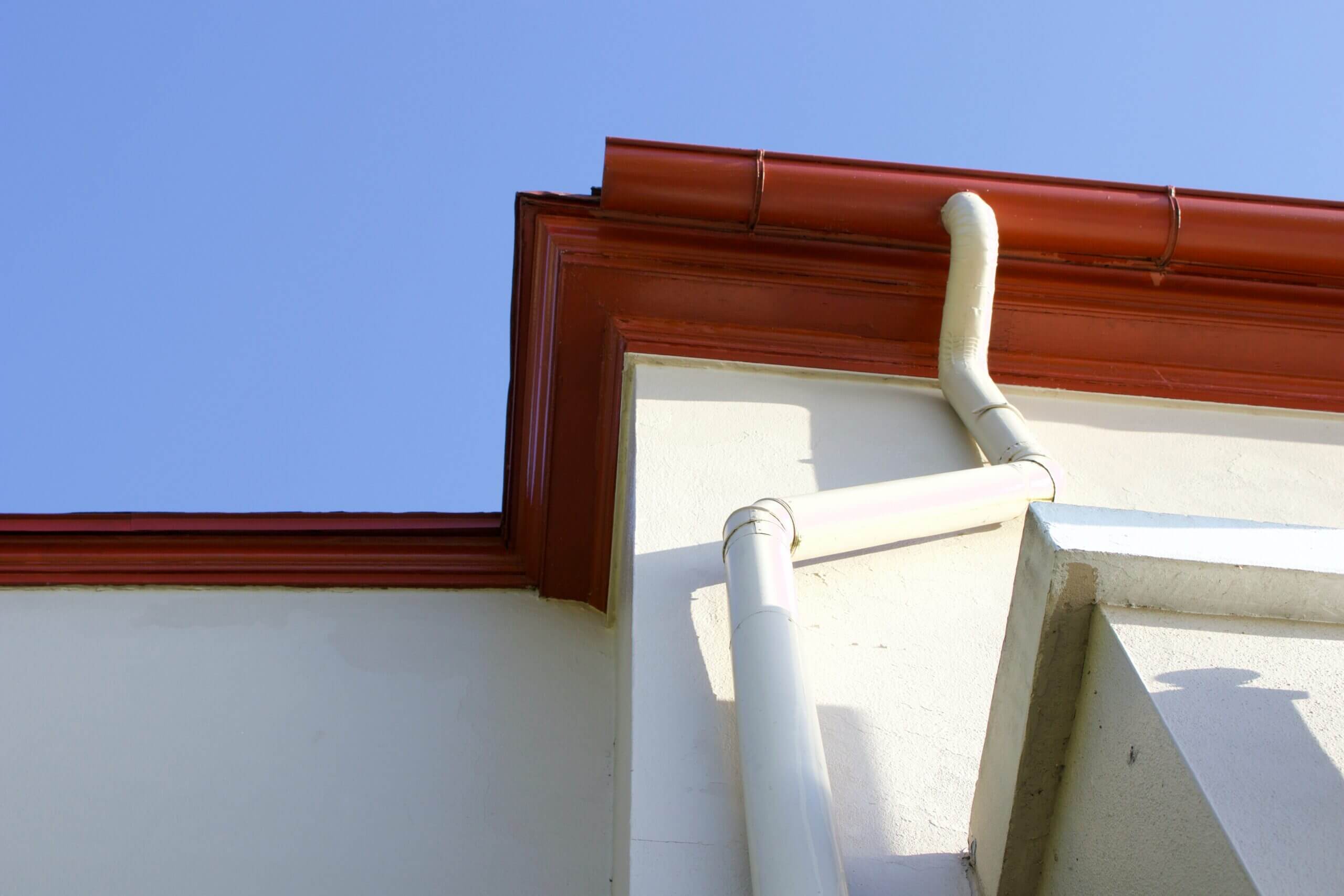
Typical Cost: $500 to $2,500
This includes regrading, adding downspout extensions, or minor yard drainage work.
-
Pros
- Affordable and low maintenance
- Often your first line of defense
-
Cons
- Less effective for heavy groundwater issues
- Requires consistent yard grading to maintain effectiveness
Best Practices:
- Downspouts should discharge at least 6 to 10 feet from your home.
- The ground should slope at least 6 inches away from the foundation over 10 feet.
- Swales or shallow ditches can redirect heavy runoff.
These fixes are affordable, low maintenance, and often your first line of defense.
» Related: Guide to Lawn Leveling Costs
4. Sump Pump Systems
A sump pump works alongside drainage systems to collect and remove water from your basement or crawl space. The pump sits in a pit (called a sump basin) and automatically pushes water away from your home.
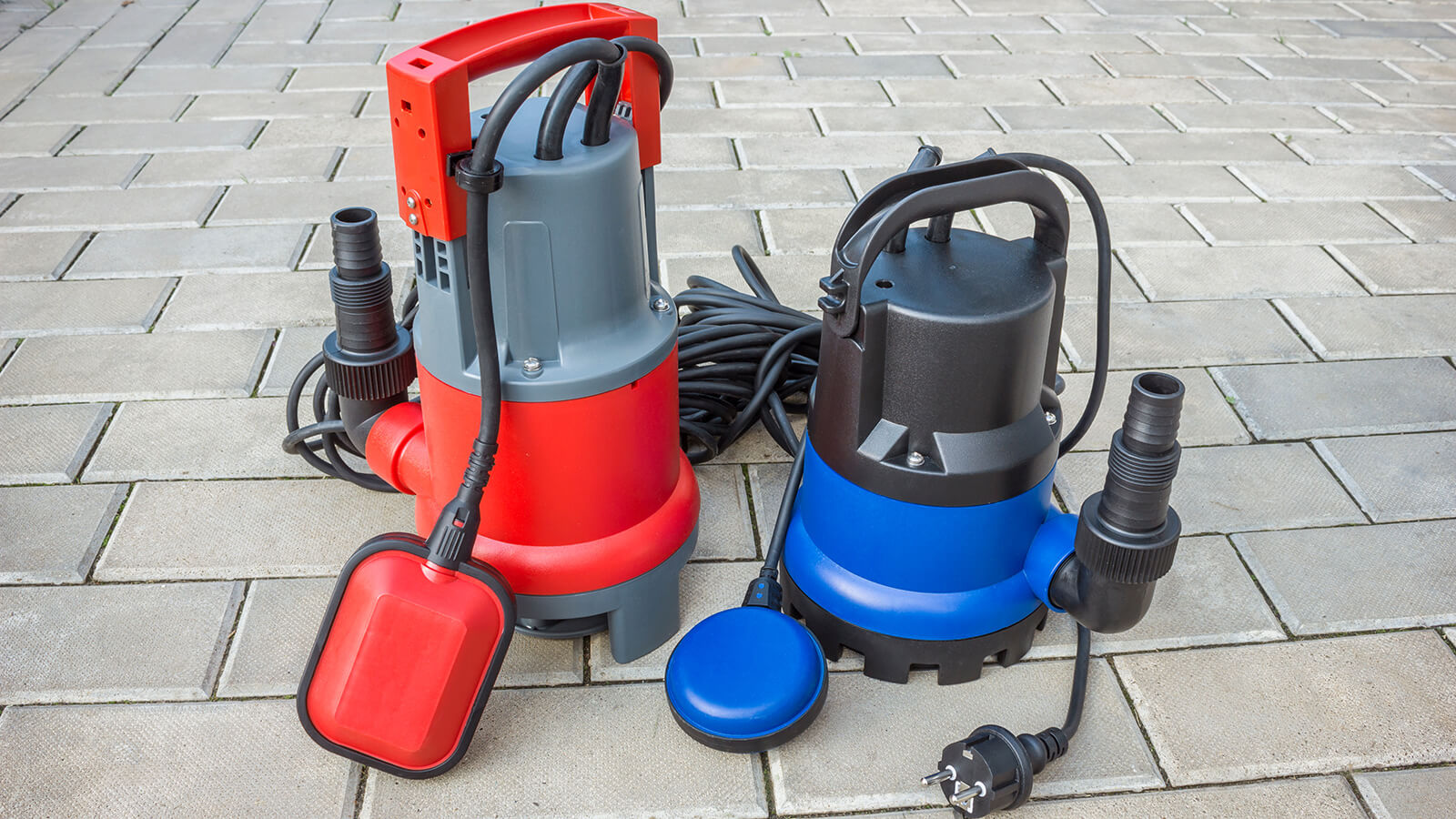
Typical Cost: $800 to $2,500
Prices vary based on pump type (submersible vs. pedestal), capacity, and battery backup options.
-
Pros
- Automatically removes water from basement or crawl space
- Can include battery backup for power outages
-
Cons
- Requires electricity and ongoing maintenance
- May need replacement every few years depending on usage
Types of Sump Pumps:
- Submersible: Quieter, efficient, and sits below the waterline
- Pedestal: Easier to service and typically lower cost
Additionally, adding a battery backup pump helps prevent flooding during power outages.
» Related: Best Sump Pump Brands Guide
How to Choose the Right Foundation Drainage System
The best system depends on where the water is coming from and how your home is built.
| Home Situation | Recommended System |
|---|---|
| New construction | Exterior footing drain or French drain |
| Damp basement | Interior drainage and sump pump |
| Poor grading or roof runoff | Surface drainage fixes |
| Heavy clay soil | Exterior drainage with gravel backfill |
Pro Tip: Combine surface and subsurface drainage for maximum protection. For example, pair solid gutters and proper grading outside with an interior drain and sump pump inside.
How Much Does Foundation Drainage Cost?
Foundation drainage systems typically cost between $1,500 and $10,000, depending on the system type, accessibility, and your local labor market.
| Type of System | Average Cost Range | Notes |
|---|---|---|
| Surface Drainage | $500 to $2,500 | Basic regrading and downspout work |
| Interior Drainage | $2,000 to $6,000 | Includes sump pump installation |
| Exterior Drainage | $5,000 to $10,000+ | Most effective higher excavation cost |
| Sump Pump System | $800 to $2,500 | Add $200 to $500 for battery backup |
Prices rise when excavation is needed around an existing foundation or when waterproofing membranes are added.
» Related: Basement Waterproofing Cost Guide
See what adding foundation drainage to your home will cost.
Can You Install Foundation Drainage Yourself?
Experienced DIYers can handle minor fixes, like extending downspouts or regrading soil, but full drainage systems require precision. A small slope miscalculation or improper waterproof seal can lead to leaks or flooding.
That’s why most homeowners hire a professional waterproofing contractor. They have the right tools to assess soil type, drainage slope, and proper discharge locations.
» Related: Guide to Choosing a Foundation Contractor
When to Call a Foundation Drainage Specialist
If you’ve noticed any of these warning signs, it’s time to schedule an inspection:
- Basement smells musty or feels damp
- Water stains or white residue on walls
- Cracks along your foundation
- Mold near baseboards
- Sump pump runs nonstop after rain
Get a Professional Foundation Drainage Inspection
Not sure which drainage system your home needs? A professional inspection can identify the source of moisture and recommend the right fix, whether it’s a simple grading adjustment or a full perimeter system.
Schedule a foundation drainage inspection to protect your basement, safeguard your foundation, and keep your home dry for good.
Compare top-rated foundations pros in your area.
Read real homeowner reviews, explore qualifications, and view promotions. Modernize makes it easy to browse professionals and find one that will be perfect for your project.
